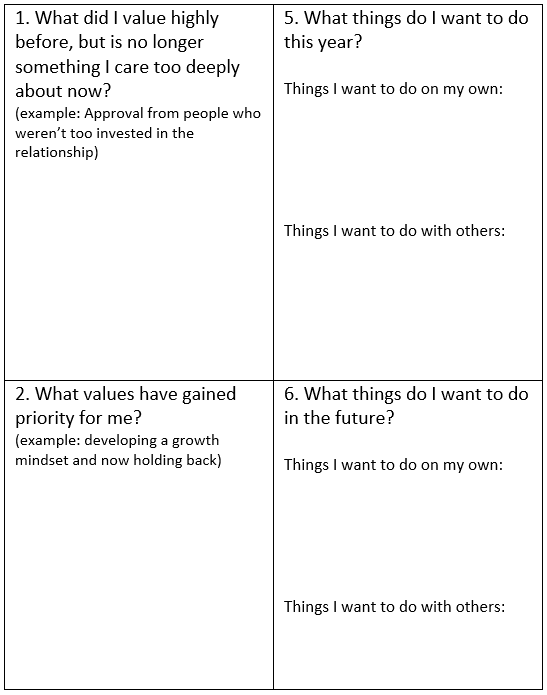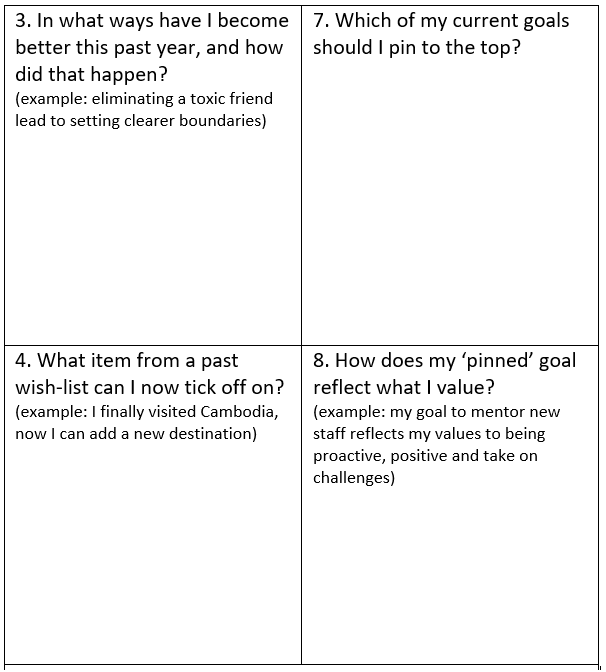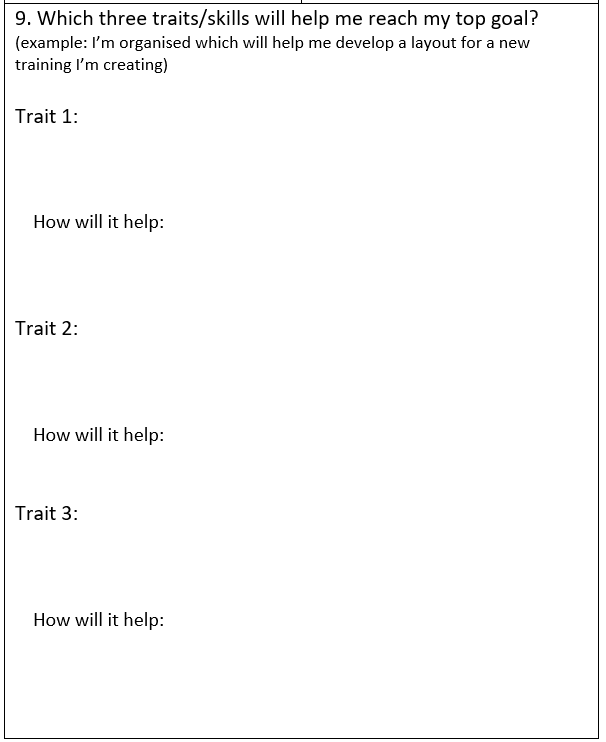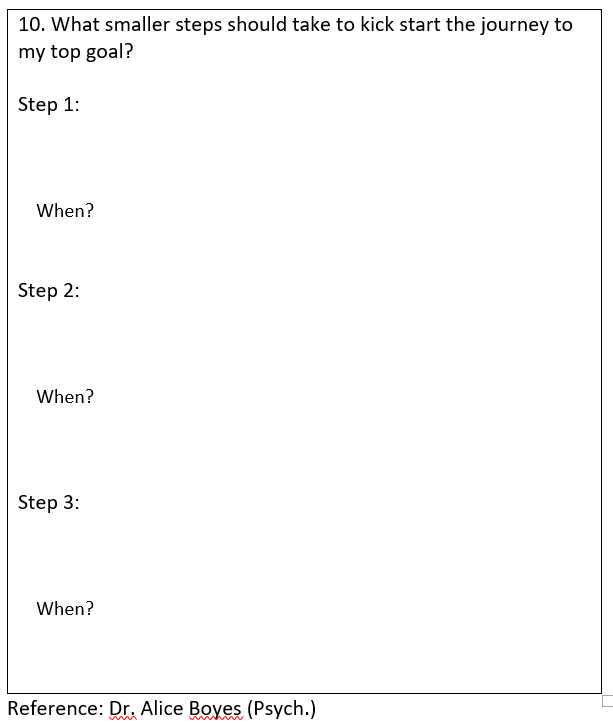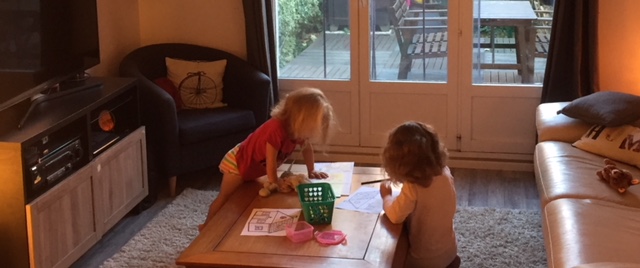Comedian Chris Rock once said “if women ruled the world, there would be no wars. Just a bunch of countries not talking to each other”. And after having a giggle at the obvious joke, I realised it really wasn’t that far from the truth. I’m not saying that all women are mean to each other, or that all women hate other women and put each other down … but … (you see, there’s aaalways a but). Let me ask you a question: Have you ever had someone say something mean about you or put you down behind your back? – Yes? Lots of the times? – OK. Now let me ask you this: Have you ever said anything mean about a friend or put her down behind her back? – Exactly. How much of women’s underlying ‘bitchy-ness’ is a stereotype and how much of it rings kind of true?
We’ve all been on the receiving end of a mean girl and whether we’ve intended it to or not, we’ve all been ‘mean’ ourselves at some stage in our life. So if we know that generally women can be meaner to each other than men, and we know what it’s like to be put down by one of our own; then why on earth do we continue to act like this? If we know better, why aren’t we doing better?
As a psychologist, and a woman, the concept of ‘the girl code’, ‘mean girls’ and an obvious ‘relational aggression’ towards other women remains an interesting topic as we see it move well beyond the realms of high school into the workplace and adult relationships. As adolescents, the opinion of our peers starts to become very important and most of us would have been caught up, at least once, in a situation where we acted ‘mean’ towards another girl in order to feel accepted by others. Our reasoning could have varied from fear of not fitting in, not knowing any better or not knowing how to express our frustration with someone, and then again some of us were just plain bitchy in high school. That’s ok! As a teenager we have the right to be idiots where we hopefully don’t do too much damage and learn from our mistakes. Unfortunately, some mean girls don’t always grow out of it though and continue similar behaviours as adults. The psychological warfare that’s called women-on-woman bullying is an art form in itself. It can be subtle, sneaky and passive, but oh so effective. The “bitchy-ness” can be used to dominate and control subordinates or colleagues in the workplace, and in a social context terms like “frenemies” are now thrown around loosely when talking about everyday female friendships. This feeling of being subconsciously ‘on guard’ around other women is normal for a lot of us, and it’s exhausting. When speaking with some of my fellow ladies (in order to get more information for this blog post) the story of a once close girlfriend now turned foe was a common theme, so I know I’m not alone here.
Why do we show relational aggression towards each other?
Relational aggression is a type of aggression that focuses on damaging someone’s relationship or social status. Some argue that the innate need to compete with each other falls back on evolution This theory suggests that women needed to protect their fertility from physical harm (aka keep a clean cave and have babies with the big, strong, caveman), so relational aggression ensured they lowered the supply of other women (aka the competition). A second theory by feminist N. Shpancer indicated that women came to consider being prized by men as their ultimate source of strength and worth (aka keep a clean 2- bedroom and make babies with the big, smart, successful stockbroker) which compelled them to battle and belittle other women (aka the competition).
All the previous research seems to tell us that we were initially required to battle each other to ensure we had the best access to procreate, but of course these are no longer real concerns in modern day society. That’s where another theory by Emily v Gordon (author of “Super You”) comes to play. She proposes that “we are no longer competing with other women, but ultimately, with ourselves – with how we think and feel about ourselves”. She argues, “for many of us, we look at other women and see, instead, a version of ourselves that is better, prettier, smarter or something more. We don’t see the other woman at all.”
So again, I ask the question: If we know we do this (and we all do this to some extent- it’s in our genes, ya might say), and we know we no longer need to eliminate the competition for our own survival or the survival of the species, what can we do to lift each other up rather than turn on each other?
How can we manage and minimize the bitchy-ness?
- Don’t let jealousy rule your behaviour
Despite our best efforts, the focus on our looks and body image is still regularly associated with our success as women. It has been there for a long time and I don’t think it will go away soon. Most women don’t necessarily invite this kind of attention voluntarily and often consciously try to avoid being influenced by it. Some even take it a step further and go out of their way to not let body image define their self-worth and success and challenge the standard idea of “beauty” all together. However, other people around us can make ‘looks’ a priority and often we correspondingly internalise it by default… it’s a knee jerk reaction. This is not to say that women can’t or shouldn’t take care of themselves or enjoy fashion… these things are still fun and playful (something this little tomboy has learnt to appreciate living in Paris) and these should be enjoyed by both women and men (and if you know Parisian men, you’ll agree that most of them take better care of their looks than some of their female counterparts 😉 But when the idea of ‘looks’ negatively impacts someone’s ability to get a job or to be taken seriously, we have a problem.
- Change your Response
We can’t always control what people think of us, but what we can control is how we respond. Take a step back and look at the bigger picture. How significant is this person in the context of your whole life? Can you change your response by simply not interacting with them when they display aggressive behaviour? What boundaries can you implement to minimise your exposure to their negativity?
- Be a Good Listener and show Empathy
Aside from the looks issue, miscommunication is often the second biggest reason why some women clash with others. Showing your willingness to listen, without interruption or criticism, could help process the situation and any possible underlying issues. Sometimes, when we feel overwhelmed, some of us resort to being a bit catty- so it could all well be smoothed over by offering a listening ear. If one of our own is indeed is just having a bad day, validating those emotions and demonstrating that you understand how they’re feeling could help defuse the situation.
- Build up your Self-Esteem
We often externalise what we’re feeling on the inside and many ‘bitchy’ women merely act that way as a defence mechanism to their own low self-esteem or anxiety. It’s no excuse to be mean to others, but it does help to better understand where someone’s ‘bad behaviour’ might come from. We might not lash out at someone when we’re feeling insecure, but be honest, we’ve often pre-judged a better looking or smarter woman before getting to know her better. By building up our own self-esteem we can battle those snarky, inner demons that gossip and judge and we can focus on appreciating someone’s success and beauty individually and maybe even learn a thing or two.
- Stand Up for Yourself
Practice being assertive and self-confident (if needed, fake it till you make it). You can defend yourself without having to resort to aggression. If you are in the workplace, calmly explain that you won’t tolerate this underlying form of bullying as it’s unprofessional and won’t lead to anything positive. In a social setting, this can prove to be more difficult, but again; show them your cards and what you will and will not tolerate. If the rebuttal is “relax, it was just a joke, you need to loosen up a little”, continue to stand your ground. You don’t need to dive into an hour long lecture, but now you’ve made your position clear… and joke or not… they know where you stand on the issue. Remember, ‘mean’ women count on you being passive about their behaviour and don’t expect you to stand up to it. It might take some time, depending on their determination, but if you show them that you won’t be an easy target, they will often back down and leave you alone.
Gossiping, name calling, excluding and belittling each other are only a few things that we should start eliminating; so that one day, we can indeed, run the world!




